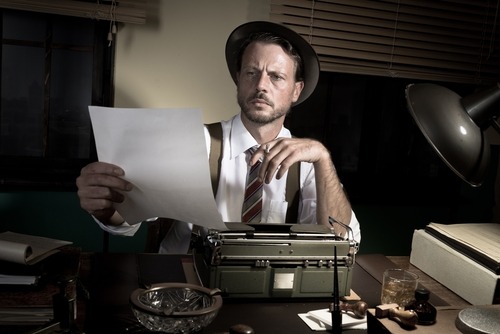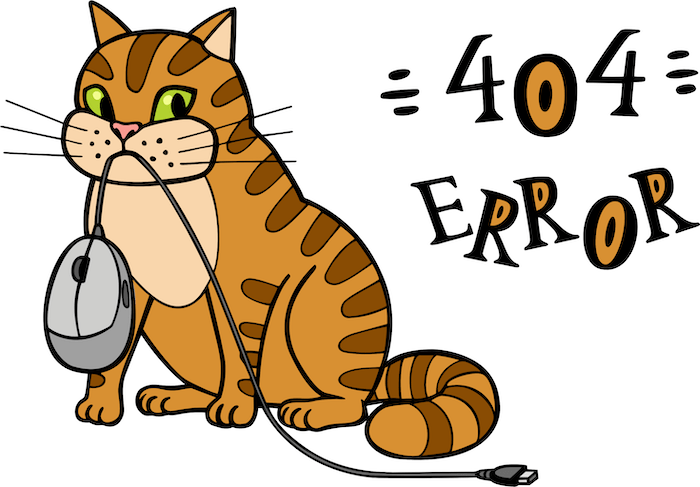Introduction
I’ve been working in administration for a long time and also worked for some time in law firms. During this time, I’ve seen many documents come across my desk. I’ve also drafted countless documents. I often see documents and websites with mistakes that shouldn’t be there. This is why editing and proofreading is necessary.
Errors in documents and websites don’t go unnoticed. They diminish the reader’s confidence in your business, which is not the impression you’re aiming for. Every time I’ve started a new job, I review the business’s website and precedent documents. I then provide feedback to that business.
This blog isn’t intended to bore you. I’m aiming to highlight the importance of editing and proofreading your writing.
What’s the difference between editing and proofreading?
Many people use the terms editing and proofreading interchangeably. They are two different stages of the revision process and focus on different aspects of writing.
Editing is what you do once you’ve completed your first draft. Editing involves improving the flow and content of a written document. It generally covers content, overall structure, structure within paragraphs, clarity and style. Editing academic writing will also include work on citations.
Proofreading is the final stage of the writing process. It focusses on cosmetic stuff like spelling mistakes, grammatical mistakes and punctuation. It’s important to complete all editing tasks before moving onto proofreading.
Things to think about when editing
Content
This may seem obvious, but have you said all you needed to say? Have you checked that the facts you’ve mentioned are accurate? Are all your claims consistent? Is all the information in your document relevant?
Overall structure
This is all about flow. Your content needs to be in a logical order so that it reads easily to your intended audience. Do you have clear transitions between paragraphs?
Structure within paragraphs
Each paragraph should have a clear topic sentence and stick to one idea. When you edit your work, check to see if there’s anything immaterial or missing in any of your paragraphs.
Clarity
This is all about your intended audience being able to understand your content. Avoid technical jargon, unless your intended audience works in your profession. Ensure every sentence is clear. One trick is to start reading the last sentence, then work backwards. That way you don’t unconsciously fill in content from previous sentences.
Style
I’m sure you’re aware that there are different styles of writing, such as formal and informal. Stick to one style and vary the length of your sentences as it provides rhythm to your document. Avoid using a passive voice in your writing.
Citations
This typically applies to academic writing. Different citation style guides are available, so ensure you’re using the correct one. You also need to ensure you cite quotes, paraphrases and ideas that you got from sources.
Proofreading
You may already use some of these tips when you proofread your work. Experiment with different tactics until you find one that works well for you. Proofreading should be a systematic and focussed process.
Spell checkers
Spell checkers have their uses but are limited. They don’t catch incorrect use of words like “your” instead of “you’re”, “to” instead of “too” or “there” instead of “their”. Such errors are one of my pet peeves and I seem to see such errors more these days than I used to.
Another thing to keep in mind is to be consistent in which form of English you’re writing in. American English spells some words differently from Australian or UK English.
Grammar checkers
Like spell checkers, grammar checkers are also limited. They don’t identify every error and can also make mistakes. Grammar checkers don’t provide any explanation about why a sentence requires revision.
Proofread for one type of error at a time
You risk losing focus if you try to revise too many things at the one time. This results in your proofreading being less effective. You should check for one type of error at a time.
Read slow and read every word
Reading out loud is useful as it forces you to say each word and also lets you hear how the words sound together. When reading silently or quickly, you may skip errors or make unconscious corrections.
Separate the text into individual sentences
This technique will help you read every sentence carefully. If you’re proofreading at your computer, press the return key so that a new sentence starts on its own line. This isolates each sentence which should make errors simpler to find.
I like to proofread by printing a copy of the document I’m working on and go through it with a red pen. You can use a ruler to isolate the line you’re working on.
Read the document backwards
This is a helpful way to check for spelling mistakes. Reading a document backwards forces you to focus on the spelling of each word. This is because you’re not concentrating on content, punctuation or grammar.
Another useful tool is the
Hemingway App. You can utilise the Hemingway App via the website or purchase the computer app for about USD$20. This is a great way to find out your use of a passive voice and whether or not you have any sentences that are difficult to read.
Outsourcing your editing and proofreading
Image and branding are important for every business. Thus any written content has a lasting first impression. Having tidy, well-written content shows customers that you take pride in your work.
Allowing someone to edit and proofread your content provides objectivity. They can read your work from a reader’s perspective.
Checking the presentation of your writing is also invaluable. Presentation impacts your professional branding and image.
Conclusion
I hope I haven’t bored you with this blog. I chose this topic as I’ve been seeing too many errors in professional documents and websites. Such mistakes are easily fixed if their authors took the time to check their written work.
Editing and proofreading are time-consuming. It’s also necessary to convey a professional image to both potential and existing customers. Feel free to contact me if you would like to enquire about my editing and proofreading services.
Do you have documents lion around that need editing or proofreading?
Ask Rachel to check your content today!






0 Comments